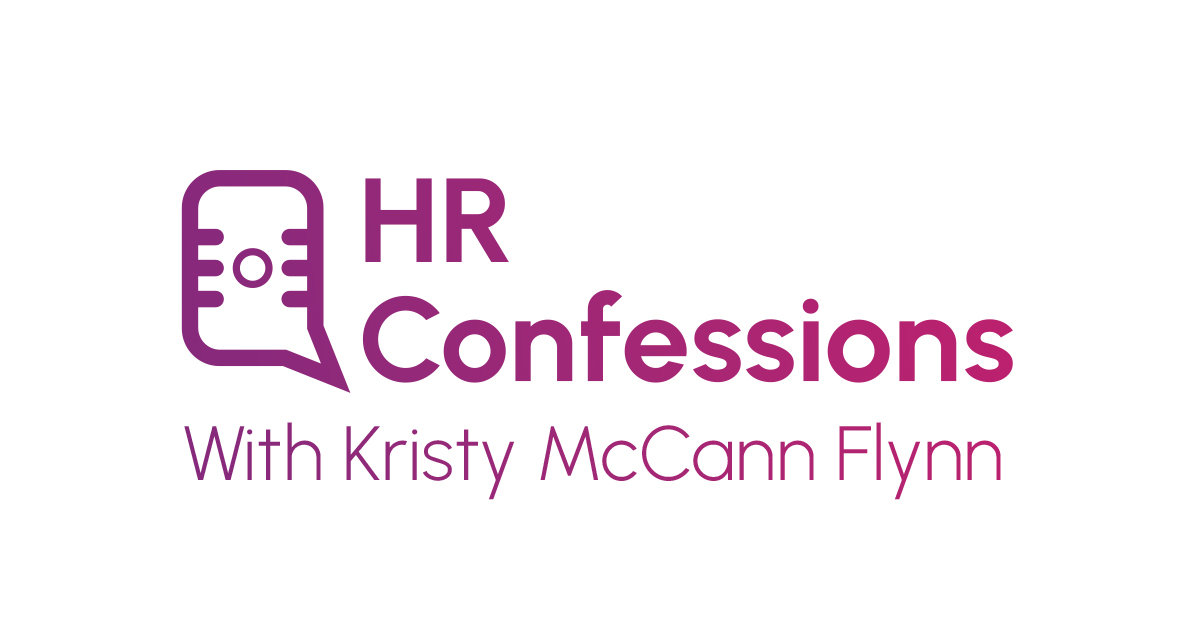Organizations today operate in conditions defined by Volatility, Uncertainty, Complexity, and Ambiguity (VUCA). Originally introduced by Warren Bennis and Burt Nanus in the 1980s and...
Read Full ArticleFebruary 12th, 2024 – Kristy McCann Flynn

My first episode of the HR Confessions podcast recently went live. I welcomed Karl Stewart to discuss how the right goal-setting strategies can help companies tie their goals to learning and productivity. Karl is one of our coaches at SkillCycle and a former HR leader with rich experience in coaching, learning, and talent development.
In this conversation, we share insights into organizational goal setting and some of the elements that contribute to your ability to reach these goals. Whether you’re in HR, or you’re a leader or manager, this conversation will have a significant impact on how your organization sets goals, makes progress, and eventually achieves them.
Here are some of the key takeaways you’ll learn from my conversation with Karl:
Did you start the year with clear goals for your organization? If not, now is the time for individual and team goal setting, and to be sure you’ve got a handle on all of the pieces that need to work together so you can bring your plans to fruition.
“It starts with the leader of an organization,” says Karl. “I firmly believe that it is on the CEO to come to the table with the rest of the leaders, and eventually the entire organization, to say, ‘This is where we’re going.’”
This kind of leadership enables individual contributors to have clarity on how they can help move your company closer to its objectives. Once you communicate a high-level goal to your team, you can establish a framework that helps each individual understand how they contribute to a successful outcome. Then you can drill to SMART goals, identify blockers, and think through the manager-employee relationships that are critical to success.
“Your vision needs to be compelling, and everyone needs to be excited to get on board. Then, employees will be excited to solve the question and achieve the vision of the organization,” Karl adds. “And then this leader can drill down and say, “This is what we’re going to do in 2024 toward that vision.’”
To ensure you stay on track, you’ll need to consistently track two types of goals. The first type is the actual organizational objectives you want to meet. The second type of goal must be the related skill building that will be needed in order for your team to achieve the company goals.
You’ll need every member of your team to contribute to reaching company goals. It will require leaders who can recognize and support the unique motivations and challenges of each member.
“All companies know the data: creativity, innovation, market penetration, and profitability can all be linked through research to having a strong company culture,” says Karl.
We can’t have a conversation about setting people up for success to reach goals without discussing middle managers. These managers need to be able to manage not only those below them, but manage up as well.
“Middle managers often try to take it all on by themselves,” says Karl. “They feel responsible for the performance of their team and take on the challenges, deficits, and lack of engagement from their direct reports.”
If you want to set and achieve a goal within your organization, you also need to create a learning path for attainability. It’s crucial to identify the dynamics of how goals get accomplished and connect the steps so that if managers are under-resourced, the company can respond appropriately.
Adding skills assessments to an ongoing learning path can help you leverage the skills you have across your workforce and identify any gaps that exist.
Integrating goals, feedback, and learning creates a workflow where one drives the next in a continuous cycle. Goals lead to engagement, which leads to performance. Through continuous feedback, performance management leads to learning, which drives progress toward goals.
Understanding your skill base translates to a skill currency that you can continue to invest in to ensure organizational and personal growth year over year. Investments in skill building tend to pay off handsomely. The many benefits of upskilling employees include increased employee morale, the ability to attract new talent, and reduced turnover costs.
“It’s essential to be able to see data from coaching, upskilling of individuals, and whether departments are struggling versus thriving. Ideally, the organization’s goals are all in one place, as is employee feedback, and all that data analysis is happening in one system,” says Karl.
Real-time learning combined with the kind of continuous feedback that performance management allows can help individuals and organizations to pivot and address challenges promptly.
“As a CEO, you’re reducing the lift on your HR team – a key partner – by implementing a system that helps you solve the question around engagement and organizational performance,” says Karl.
Bridging performance and learning and making feedback actionable in one ecosystem can bolster learning and talent development while driving performance development within your organization.
Goal-setting strategies could make or break your company’s year, but getting on track now can help you keep momentum throughout the year
.
Organizations today operate in conditions defined by Volatility, Uncertainty, Complexity, and Ambiguity (VUCA). Originally introduced by Warren Bennis and Burt Nanus in the 1980s and...
Read Full ArticleSkillCycle formerly known as GoCoach featured in Forbes
Read Full ArticleFind the 13 necessary soft skills in order to have employee success. Soft skills are often overlooked in comparison to hard skill but are equally...
Read Full Article